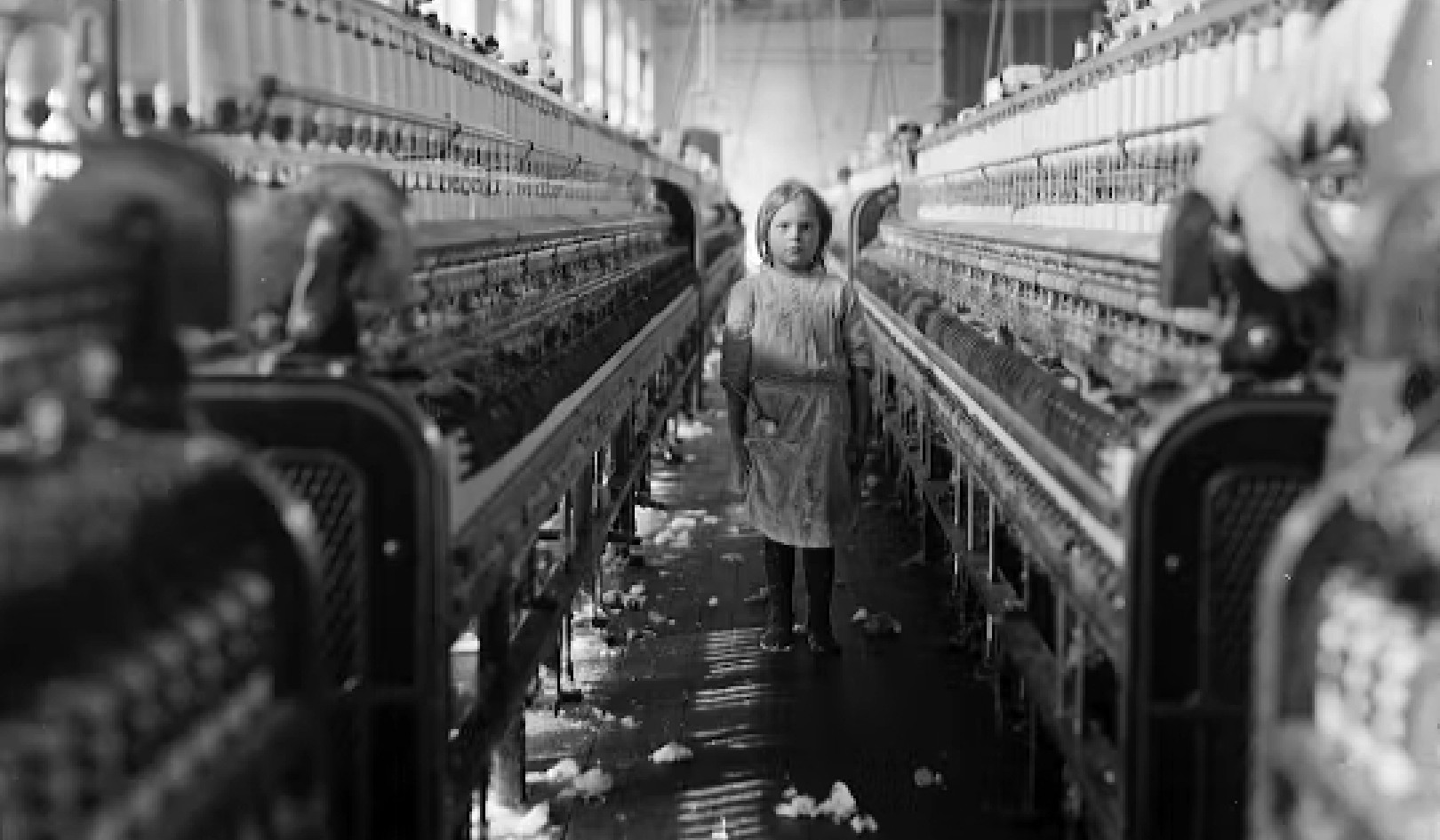A new study looks at three ways of housing chickens for egg production and considers their effects on animal health, efficiency, and environmental impact.
Hongwei Xin, professor of agricultural and biosystems engineering and director of the Egg Industry Center at Iowa State, says the study compares conventional egg production, which features six laying hens to a cage, with two alternative models.
The study is the first to make this comparison at the commercial scale.
The first alternative housing system is known as an enriched colony system, in which approximately 60 birds share a large enclosure with access to amenities such as perches, nest boxes, and scratch pads.
The second alternative housing system analyzed in the study is known as an aviary, in which hundreds of hens are allowed to roam freely in a large space for much of the day.
Pressure On The Industry
Over recent years, concern about animal welfare has put pressure on egg producers to move away from conventional production methods. This has created a need for empirical research into alternative options, says Xin.
California’s Proposition 2, which went into effect on January 1, requires egg producers to provide hens a minimum space of 116 square inches, an increase of 73 percent from current industry standards. Producers that don’t comply with the California law can’t sell shell eggs in the state.
“The project arose from the needs of the industry and retailers,” Xin says. “There was a need for comprehensive analysis of these different production systems and their impact on animal welfare, food safety, production economics, and the environment.”
Air Quality Comparison
Each production system comes with tradeoffs. The aviary system, for instance, creates the potential for increased environmental impacts.
Xin says his group found that the conventional and enriched colony systems had similar affects on indoor air quality, with ammonia levels rarely exceeding 15 parts per million.
The aviary system resulted in higher dust levels and emissions, with indoor ammonia levels occasionally reaching 25 parts per million or higher on cold days.
That’s because chicken manure can easily land on the floor of an aviary as the birds have so much space in which to move. The manure dries out and turns to dust, which is then kicked around by the roaming birds, Xin says.
That extra movement also leads to a drop in feed-use efficiency, or the ability of birds to turn feed into eggs, Xin says. Decreased feed-use efficiency leads to a larger carbon footprint because it takes more corn and soybeans to produce the same amount of eggs.
Xin’s team contributed three articles in the first wave of nine publications just released in the March issue of the journal Poultry Science. Subsequent articles will focus on economics, hen physiology, welfare, and other topics.
Source: Iowa State University
























